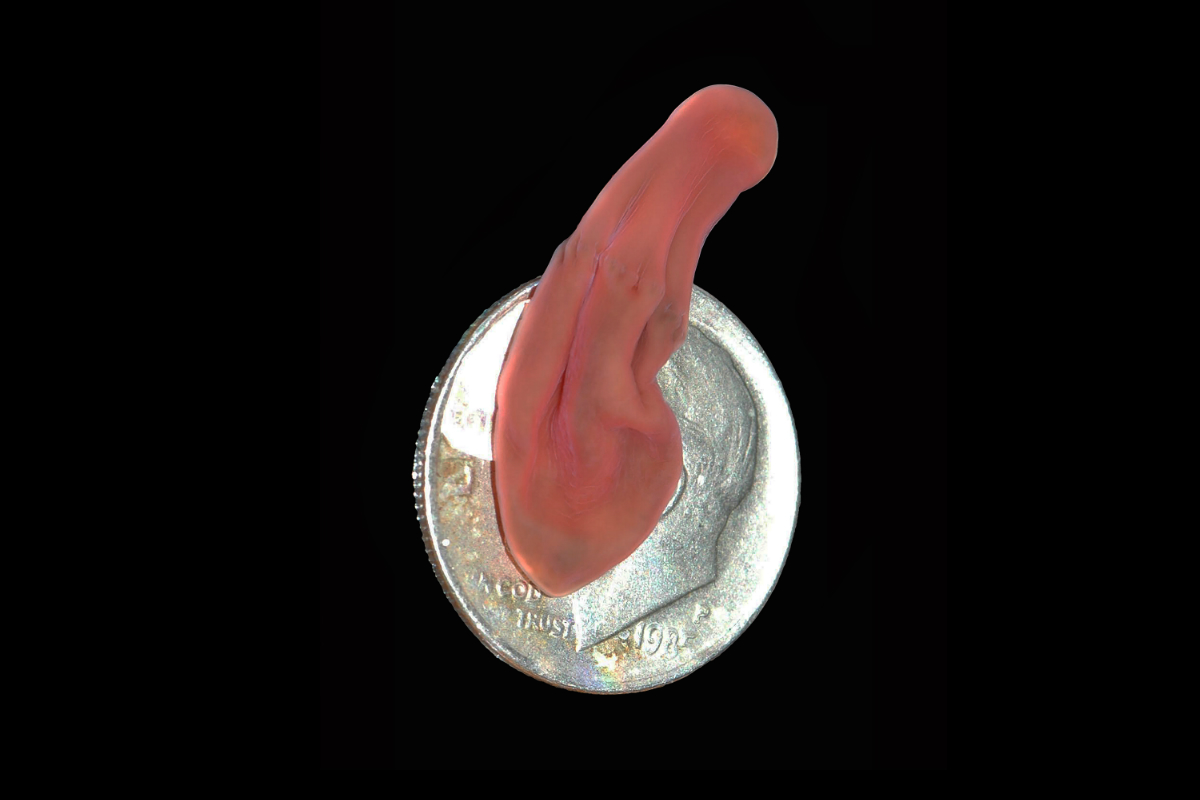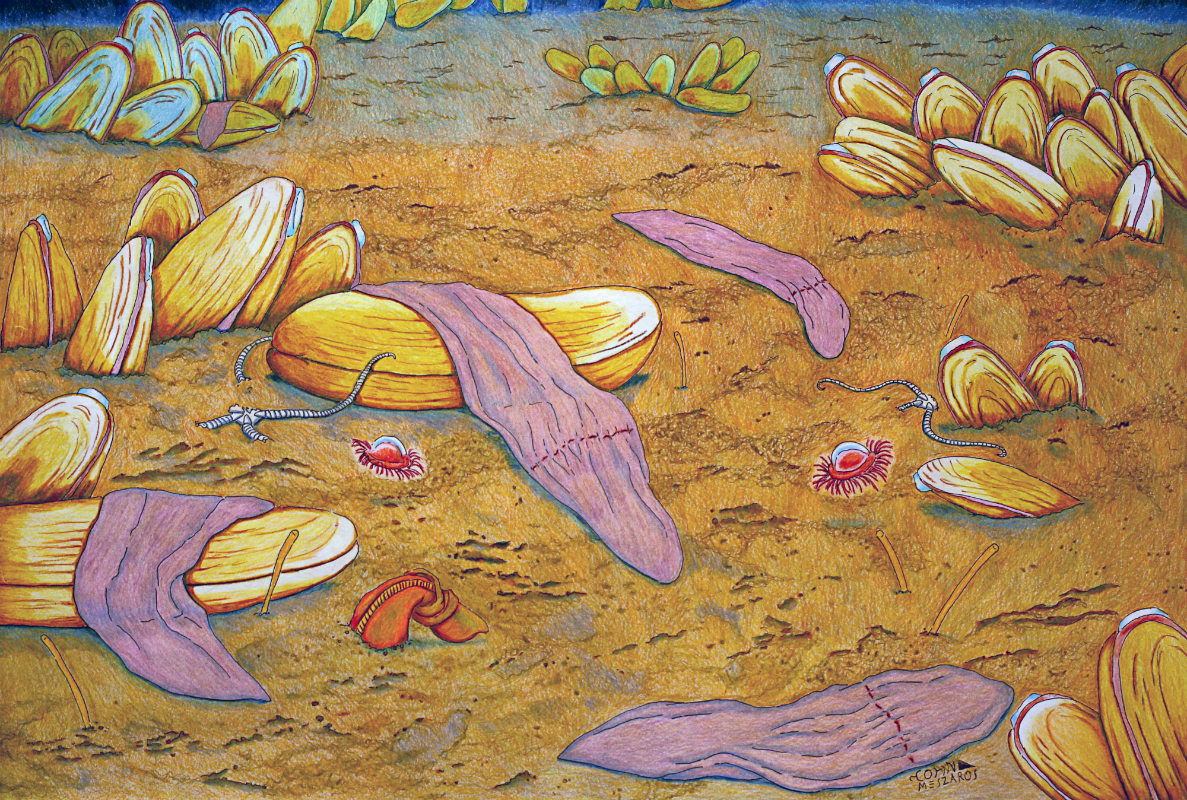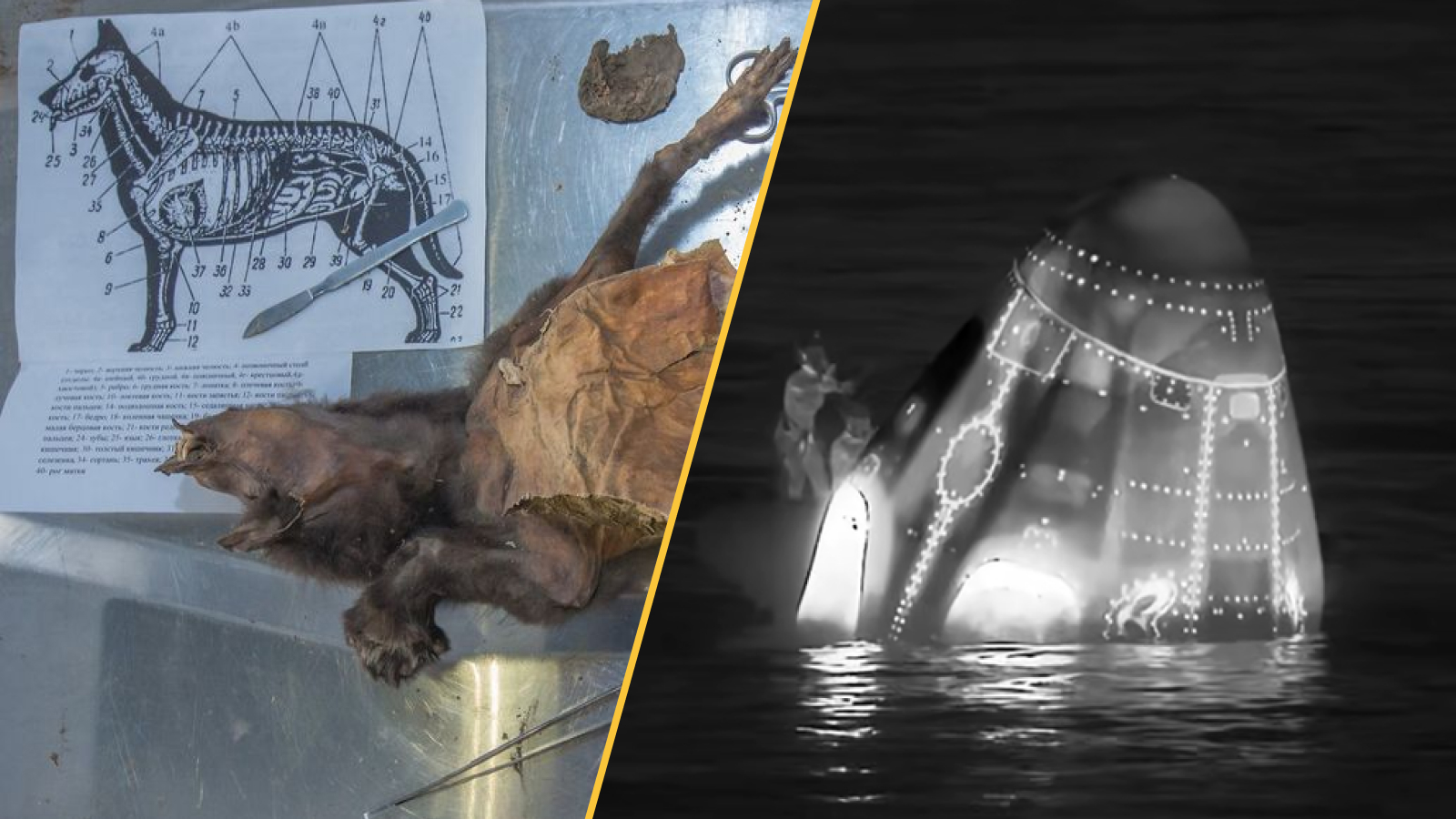4 New 'Flatworm' Species: No Brains, No Eyes, No Problem

Four new species of deep-sea flatwormlike animals that look like deflated whoopee cushions and lack complex organs have helped solve a complicated puzzle about their group's placement on the tree of life, scientists found.
The new study, representing 12 years of specimen collection and analysis, adds the new species to a group previously known by only a single species, and in doing so, provides a clearer picture of the evolutionary position these animals hold.
When describing the physical characteristics of these baggy marine creatures, "simple" doesn't begin to do justice to how simple they are, as animals go. They have no recognizable face or limbs. Their bodies are blobs that look more like empty socks than animals, and are wrinkled by muscular folds and propelled by cilia. A mouth opening at one end leads to a gut sack, but there is no anal opening in the back end. They have no digestive system, no excretory system, no reproductive organs, but they probably don't worry about that too much because they don't have brains, either — just a neural network. [Video: New Worm Species Looks Like 'Churro' Fried Dough Pastry]
Surface appearances aside, this genus — Xenoturbella — has proved surprisingly difficult to position on the tree of life, ever since the first species, Xenoturbella bocki, was discovered in 1950, according to the study researchers. Scientists first classified it as a flatworm, and then, in the 1990s, suggested that it was a type of mollusk that had "degenerated," losing its more developed features over time to reach a simpler form. This explanation placed Xenoturbella closer to vertebrates and echinoderms — the group of marine life that includes starfish and sea urchins — rather than in an earlier evolutionary location on a more distant branch from these more complex animals.
But new genetic data, with more than 1,000 genes sequenced from just one of the new species, disproves that Xenoturbella was once complex, according to study lead author Greg Rouse, a marine biologist with the Scripps Institution of Oceanography, at the University of California at San Diego. "Our new analysis and that of another paper in the same issue of Nature using much more data overturns this idea, and supports the idea that Xenoturbella is simple," Rouse told Live Science in an email. "Sequencing more than 1,000 genes of one of the species gave a large amount of data that could be directly compared with other animals," he said.
The new species — X. hollanduram, X. monstrosa, X. profunda, and X. churro (named after the fried-dough dessert)— were found in diverse and remote deep-sea locations off the coasts of California and Mexico, the deepest of which, where X. produnda hugged the seafloor, was a hydrothermal vent 12,139 feet (3,700 meters) below the surface of the Gulf of California. The biggest species, X. monstrosa, measured 8 inches (20 centimeters) long, while tiny X. hollandorum was a mere 1 inch (2.5 centimeters) in length.
Finding four new species "was a surprise," Rouse said, "especially as people regularly visit methane seeps and hydrothermal vents and haven't picked them up before." Rouse added in a statement that these new species likely represent just the beginning of unraveling Xenoturbella's biological mysteries, and that he expects to see more discoveries of these animals around the world in the years to come.
Get the world’s most fascinating discoveries delivered straight to your inbox.
The findings were published online Feb. 3 in the journal Nature.
Follow Mindy Weisberger on Twitter and Google+. Follow us @livescience, Facebook & Google+. Original article on Live Science.

Mindy Weisberger is a science journalist and author of "Rise of the Zombie Bugs: The Surprising Science of Parasitic Mind-Control" (Hopkins Press). She formerly edited for Scholastic and was a channel editor and senior writer for Live Science. She has reported on general science, covering climate change, paleontology, biology and space. Mindy studied film at Columbia University; prior to LS, she produced, wrote and directed media for the American Museum of Natural History in NYC. Her videos about dinosaurs, astrophysics, biodiversity and evolution appear in museums and science centers worldwide, earning awards such as the CINE Golden Eagle and the Communicator Award of Excellence. Her writing has also appeared in Scientific American, The Washington Post, How It Works Magazine and CNN.
 Live Science Plus
Live Science Plus






